Begonias are some of the most versatile and eye-catching plants you can grow indoors. Known for their vibrant flowers, colorful patterned leaves, and easy adaptability, begonias bring beauty and charm to any room. While many gardeners grow them outdoors in summer gardens or shaded patios, begonias also thrive indoors year-round if given the right care.
Whether you’re drawn to the lush foliage of Rex begonias, the constant blooms of wax begonias, or the trailing beauty of angel wing begonias, these plants can add color and character to your home. However, begonias have specific needs regarding light, humidity, water, and soil. If you want your indoor begonias to stay healthy and continue producing blooms or vibrant leaves, it’s important to understand how to care for them properly.
This detailed guide will walk you through everything you need to know about caring for begonias as indoor plants.
1. Choosing the Right Type of Begonia for Indoors
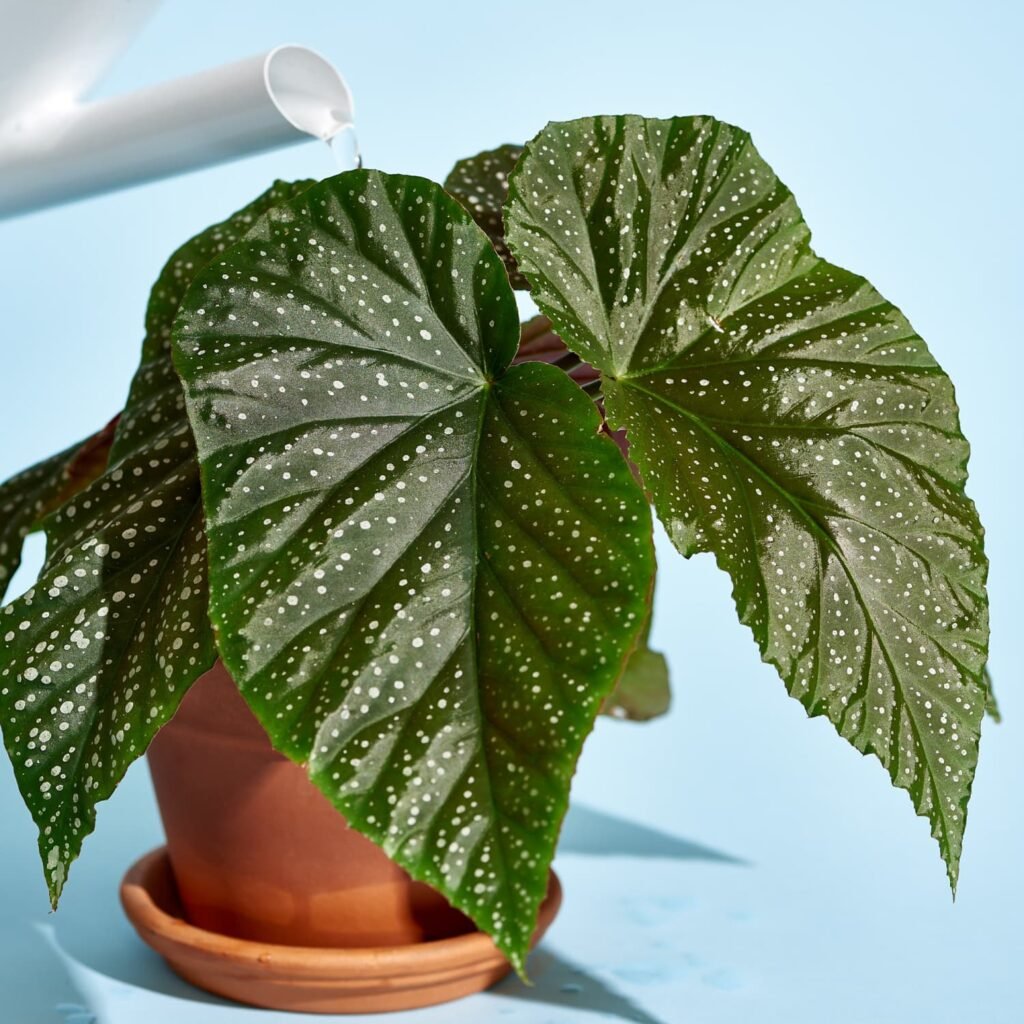
There are over 1,800 species of begonias, but not all are suited for indoor growing. Here are some of the most popular indoor varieties:
- Rex Begonias: Known for their stunning, patterned leaves in shades of green, silver, purple, and red. These are primarily foliage plants and rarely bloom indoors.
- Wax Begonias (Begonia semperflorens): Compact plants that bloom consistently, producing clusters of pink, red, or white flowers.
- Cane Begonias (Angel Wing and Dragon Wing): Upright plants with bamboo-like stems and large, wing-shaped leaves. They produce seasonal blooms in pink or red.
- Tuberous Begonias: Grown for their showy flowers, though they can be a bit trickier indoors.
For beginners, wax begonias and Rex begonias are the easiest to care for indoors.
2. Light Requirements
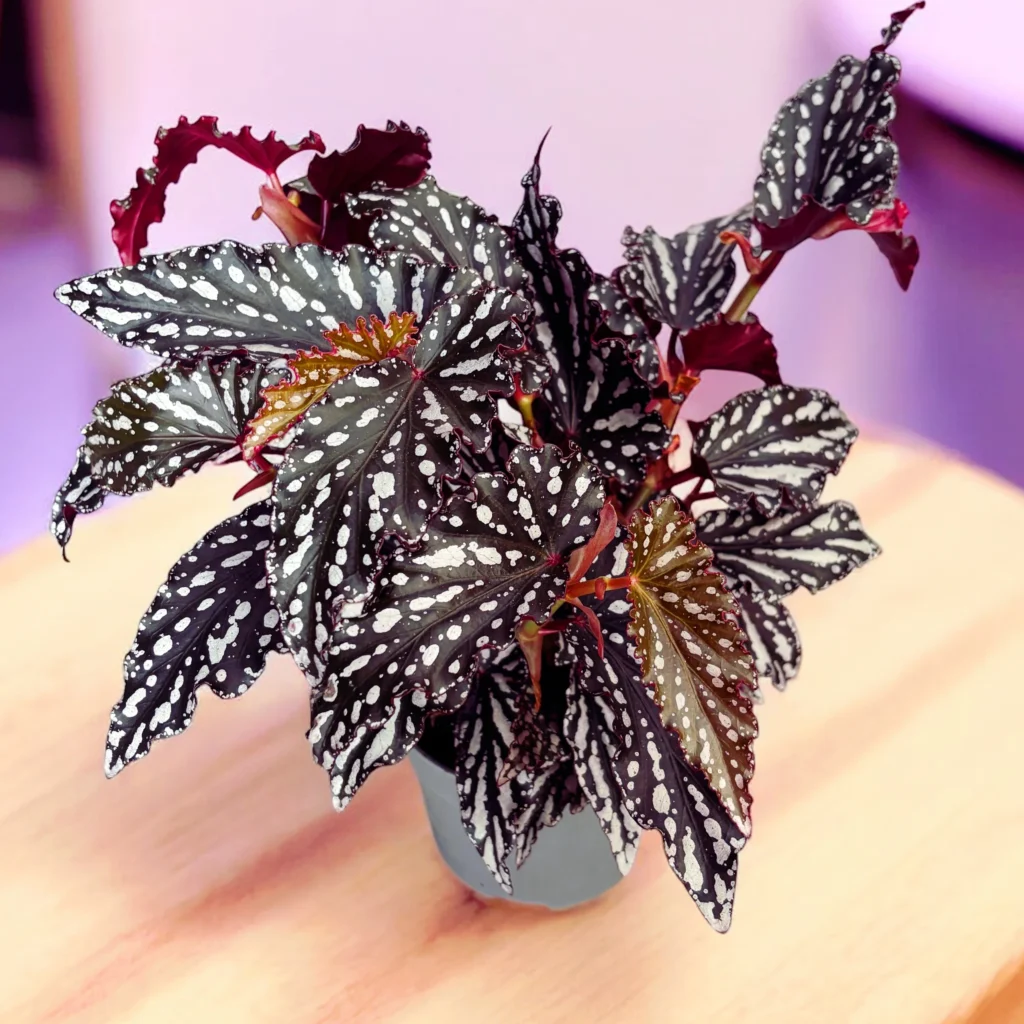
Light is one of the most important factors in keeping begonias happy indoors.
- Rex and foliage begonias: Prefer bright, indirect light but not direct sun, which can scorch their leaves. Place them near an east- or north-facing window.
- Flowering begonias: Like wax or cane begonias need a bit more light to bloom. A south- or west-facing window with sheer curtains works well.
- Artificial lighting: If your home lacks sufficient natural light, begonias adapt well to LED grow lights.
Tip: If leaves fade in color or plants look leggy, they need more light.
3. Temperature and Humidity
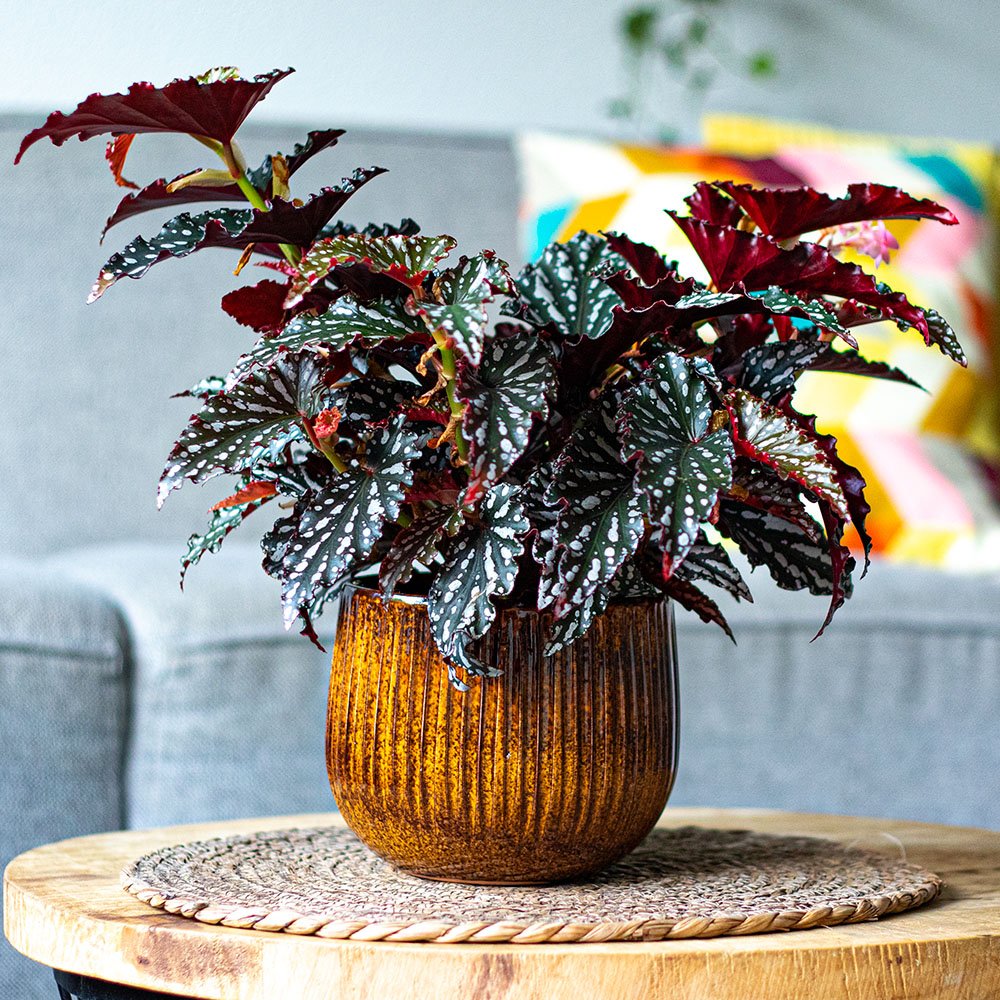
Begonias are tropical plants, so they prefer warm, humid conditions.
- Ideal temperature range: 65–75°F (18–24°C) during the day and slightly cooler at night. Avoid exposing them to temperatures below 55°F (13°C).
- Humidity: Begonias thrive in 50–60% humidity. Indoor heating often dries the air, especially in winter, so consider these solutions:
- Place a humidity tray under the plant (a shallow tray with pebbles and water).
- Run a small humidifier nearby.
- Group begonias with other humidity-loving plants to create a microclimate.
Avoid misting begonias directly, as water droplets on leaves can encourage mildew and fungal spots.
4. Watering Begonias Indoors
Watering is often the trickiest part of begonia care. Too little water can cause wilting, while too much can lead to root rot.
- General rule: Water when the top inch of soil feels dry to the touch.
- Method:
- Use room-temperature water.
- Water thoroughly until liquid drains out of the pot’s bottom.
- Empty saucers so roots never sit in standing water.
- Seasonal adjustment:
- Spring/summer: Water more frequently, as plants are actively growing.
- Fall/winter: Reduce watering, since growth slows.
Signs of overwatering include yellowing leaves, soft stems, and a musty smell. Underwatering causes crispy, curling leaves.
5. The Right Soil and Potting Mix
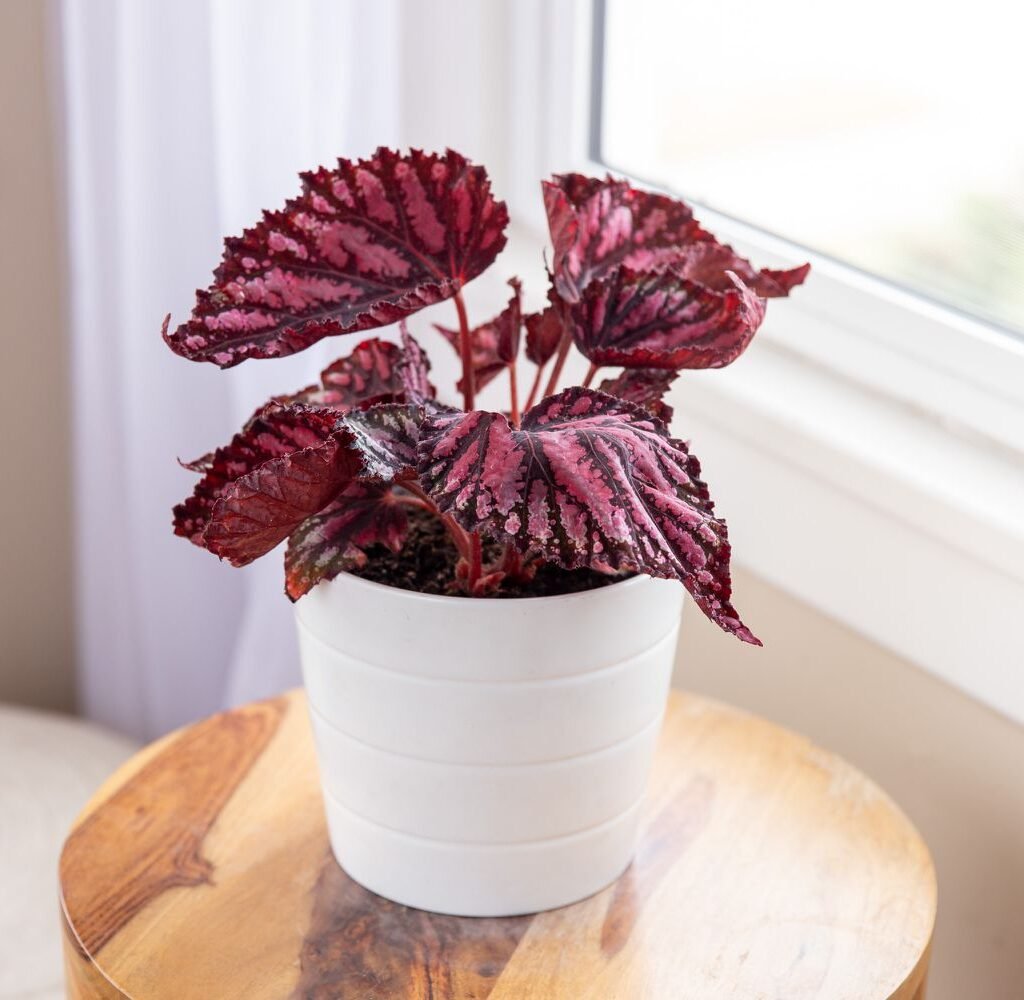
Begonias need light, well-draining soil to prevent root rot. Standard garden soil is too heavy for indoor begonias.
- Best mix: A combination of peat moss, perlite, and light potting soil works well.
- Specialty mixes: You can buy potting soil designed for African violets—this also works perfectly for begonias.
- Containers: Use pots with drainage holes. Begonias dislike soggy roots.
Repotting every 1–2 years keeps the soil fresh and prevents compaction.
6. Fertilizing for Healthy Growth and Blooms
Begonias are relatively light feeders, but they do benefit from regular fertilizer.
- Foliage begonias (like Rex): Use a balanced, water-soluble fertilizer (10-10-10 or 20-20-20) diluted to half-strength every 3–4 weeks during spring and summer.
- Flowering begonias: Use a fertilizer higher in phosphorus (the middle number, e.g., 15-30-15) to encourage more blooms.
- Winter feeding: Reduce or stop fertilizing during winter dormancy, unless plants are still actively growing under grow lights.
7. Pruning and Maintenance
Begonias respond well to pruning, which keeps them neat and encourages new growth.
- Pinching back tips: For cane and wax begonias, pinch back leggy stems to promote bushier growth.
- Removing dead leaves/flowers: Prevents fungal problems and directs energy to new growth.
- Cleaning leaves: Wipe dust from leaves gently with a damp cloth, especially for large-leafed begonias like angel wings.
8. Propagating Begonias Indoors
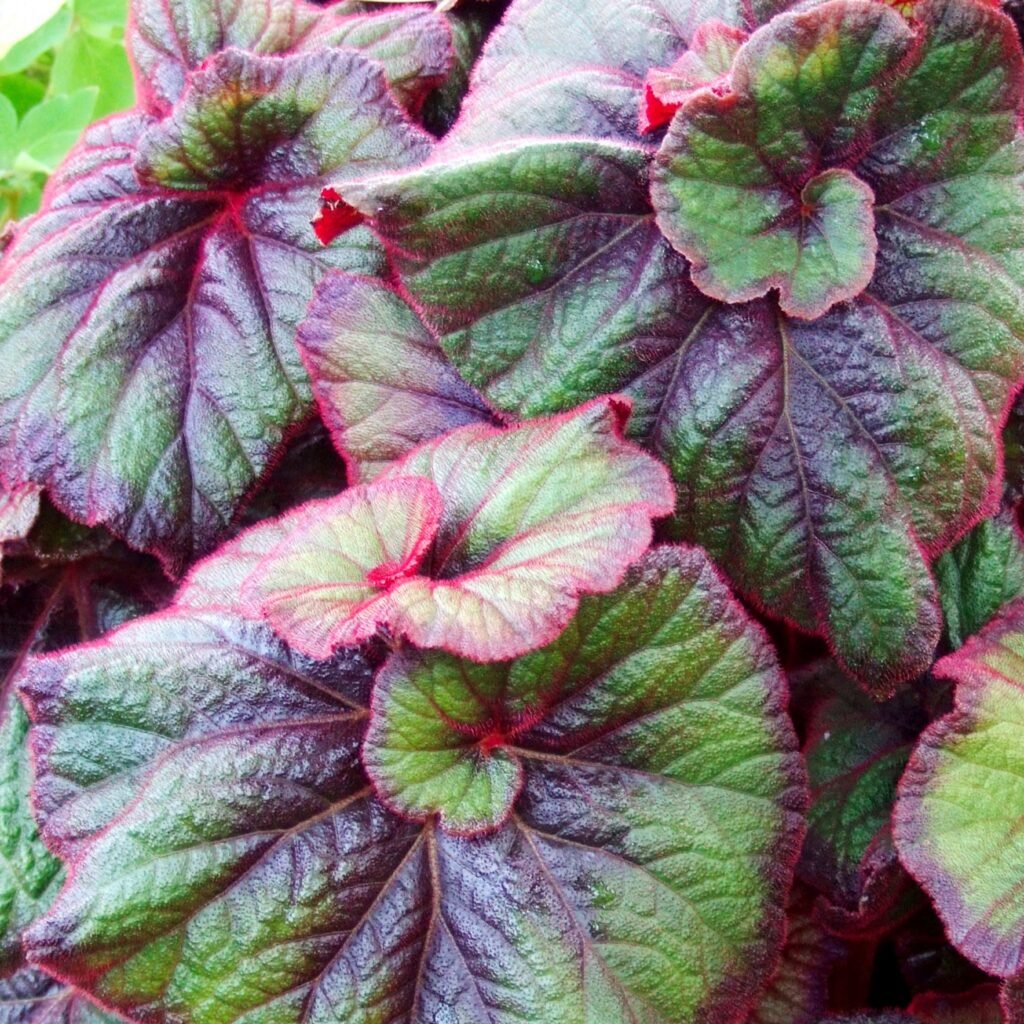
One of the joys of begonias is how easy they are to propagate.
- Stem cuttings: Take a 3–4 inch cutting, dip it in rooting hormone, and place in moist soil or water until roots form.
- Leaf cuttings (for Rex begonias): Cut a healthy leaf into sections, ensuring each section has a vein, then press them into moist soil. Each piece can grow into a new plant.
- Division: Some begonias with clumping growth can be divided during repotting.
Propagation not only helps expand your collection but also revives older, leggy plants.
9. Common Problems and Solutions
Even with good care, begonias can face challenges indoors. Here’s how to troubleshoot:
- Powdery mildew: Appears as white dust on leaves. Improve air circulation, avoid overhead watering, and treat with a mild fungicide.
- Root rot: Caused by overwatering or poor drainage. Always use well-draining soil and pots with drainage holes.
- Leaf drop: Often due to sudden temperature changes or drafts. Keep plants away from air vents and cold windows.
- Pests: Begonias can attract spider mites, mealybugs, and aphids. Inspect plants regularly and treat infestations with insecticidal soap or neem oil.
10. Seasonal Care for Indoor Begonias
Begonias’ needs shift slightly with the seasons:
- Spring and Summer: Active growing season. Provide more light, regular watering, and fertilizing.
- Fall: Reduce watering slightly as growth slows.
- Winter: Many begonias slow down or enter dormancy. Water sparingly, and don’t fertilize unless actively growing. Tuberous begonias may lose all top growth—store the tubers in a cool, dry place until spring.
Final Thoughts
Begonias may have a reputation for being a little finicky, but once you understand their needs, they make excellent and rewarding indoor plants. Their wide variety of foliage colors, shapes, and flowers ensures there’s a begonia for every plant lover—whether you want show-stopping leaves or cheerful, long-lasting blooms.
By providing the right mix of bright indirect light, consistent moisture, humidity, and occasional feeding, you’ll enjoy thriving begonias that bring beauty and freshness to your home year-round. With a little attention, your begonias can become one of your most beloved indoor companions.
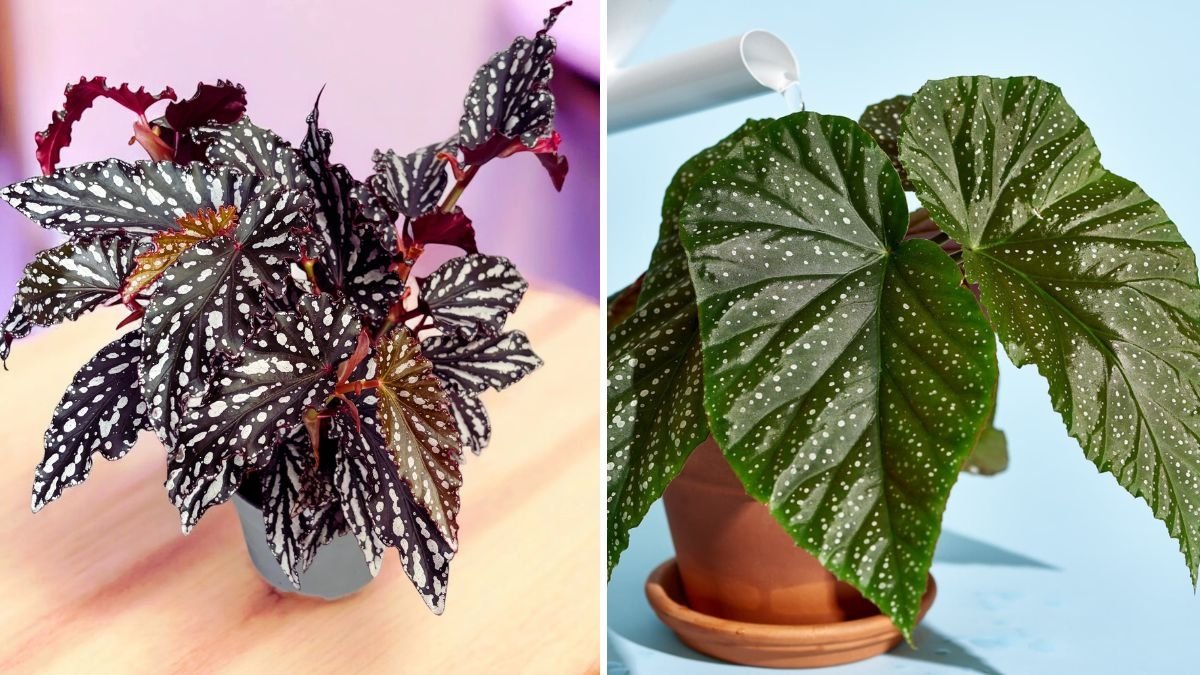




Leave A Comment